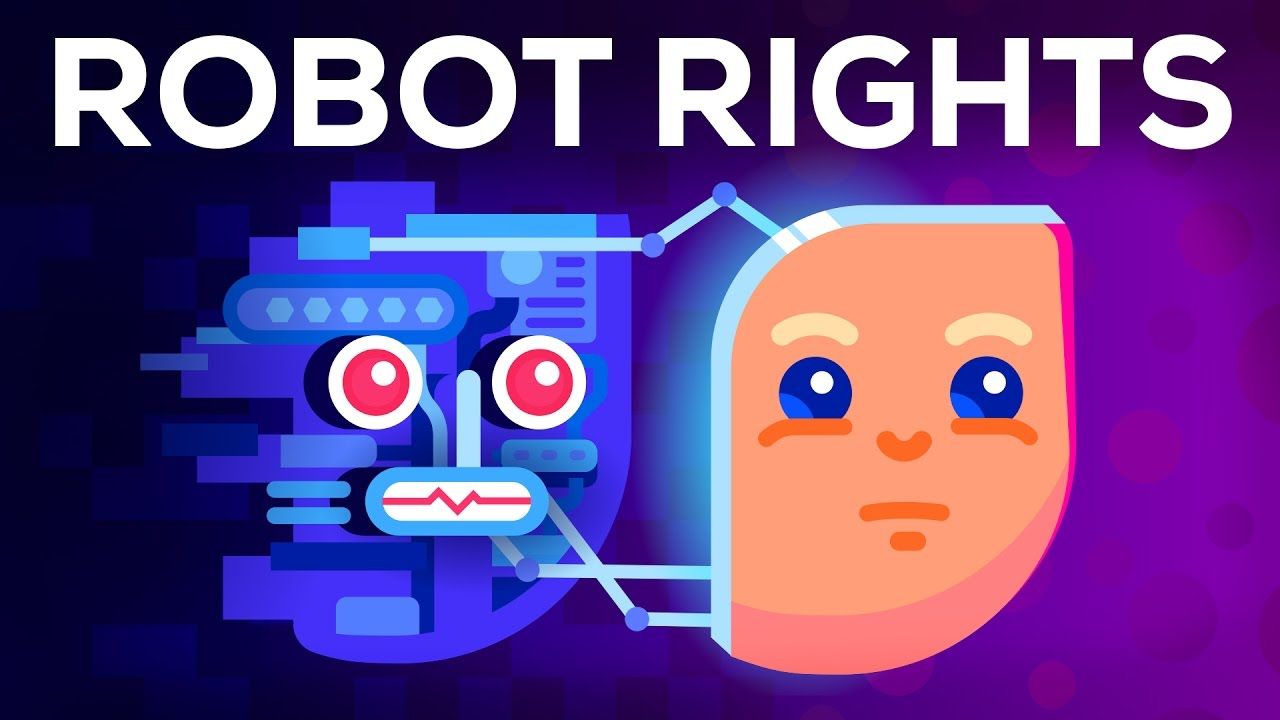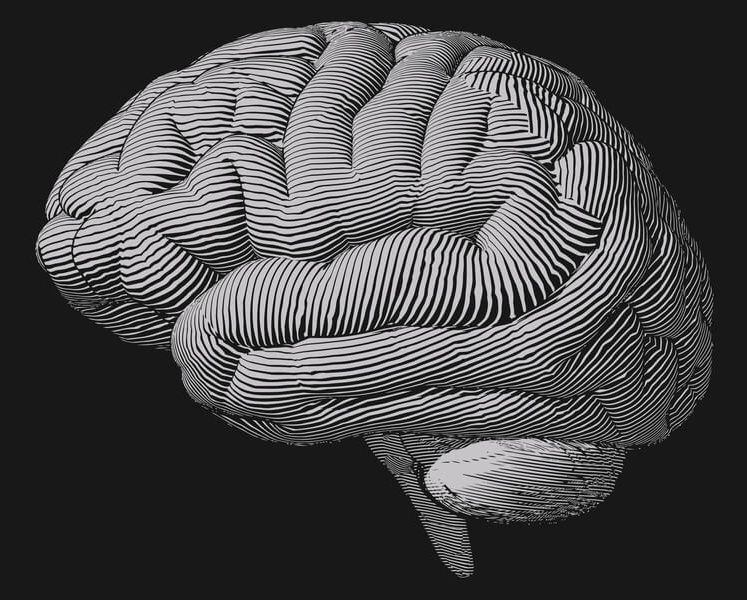Page 10437
Feb 23, 2017
Swedish nuclear physicist just got the world’s first approved birth control app
Posted by Shailesh Prasad in category: biotech/medical
For over a year Elina Berglund nuclear physicist has been fighting authorities and malicious headlines. Now her app will be the first in the world to be approved as a contraceptive.
“It feels incredibly exciting that there is now an approved alternative to conventional pregnancy prevention methods, and that it’s possible to replace medication with technology,” says a more than satisfied Elina Berglund, who founded Natural Cycles together with her husband Raoul Scherwizl.
Feb 23, 2017
Interview: Liz Parrish
Posted by Montie Adkins in categories: biotech/medical, life extension
The latest on Liz Parrish. This is a real reporter in Australia and he does ask her a few hard questions on using white blood cells, showing results, being the only patient and so on.
Jeremy Fernandez speaks to Liz Parrish, the CEO of BioViva — an American biotech developing treatments to slow the ageing process in humans.
Feb 23, 2017
Do Robots Deserve Rights? What if machines become conscious?
Posted by Shane Hinshaw in category: robotics/AI

What shall we do once machines become conscious? Do we need to grant them rights?
Check out Wisecrack and their video: https://goo.gl/oaUbAF
Continue reading “Do Robots Deserve Rights? What if machines become conscious?” »
Feb 23, 2017
The Future of Medicine is Artificial Intelligences And a Virtual World
Posted by Shane Hinshaw in categories: biotech/medical, robotics/AI
Innovations in medical science are gooing to allow for greater technological utility for our surgeries. We will see more robotics and AI assistance.
Feb 23, 2017
A Potential Dark Matter Signature Has Been Seen in The Andromeda Galaxy
Posted by Andreas Matt in categories: cosmology, particle physics

NASA’s Fermi Telescope has looked at the gamma-ray emission of M31, the Andromeda Galaxy, and discovered the largest fraction of this powerful radiation comes from the core of the galaxy, very much like in our own Milky Way. The international team of researchers has considered this signature as potential indirect evidence of dark matter.
Some theoretical models predict gamma-ray emissions when dark matter particles interact with each other. Dark matter doesn’t like interacting at all, it doesn’t form clumps or clouds, so these gamma-ray signals might only happen in dense regions, like at the core of galaxies.
Continue reading “A Potential Dark Matter Signature Has Been Seen in The Andromeda Galaxy” »
Feb 23, 2017
This California gubernatorial candidate wants state-funded ‘universal basic income’ for everyone
Posted by Zoltan Istvan in categories: economics, government, robotics/AI
The Los Angeles Times covered my libertarian campaign for CA governor. I do still support a libertarian version of a basic income due to coming automation—and the fact it will swallow welfare and other government programs, essentially reducing the size of government while distributing money to all residents.
This is Essential Politics, our daily look at California political and government news. Here’s what we’re watching right now:
Feb 23, 2017
Artificial intelligence in quantum systems, too
Posted by Bruno Henrique de Souza in categories: biological, quantum physics, robotics/AI
Quantum biomimetics consists of reproducing in quantum systems certain properties exclusive to living organisms. Researchers at University of the Basque Country have imitated natural selection, learning and memory in a new study. The mechanisms developed could give quantum computation a boost and facilitate the learning process in machines.
Unai Alvarez-Rodriguez is a researcher in the Quantum Technologies for Information Science (QUTIS) research group attached to the UPV/EHU’s Department of Physical Chemistry, and an expert in quantum information technologies. Quantum information technology uses quantum phenomena to encode computational tasks. Unlike classical computation, quantum computation “has the advantage of not being limited to producing registers in values of zero and one,” he said. Qubits, the equivalent of bits in classical computation, can take values of zero, one or both at the same time, a phenomenon known as superposition, which “gives quantum systems the possibility of performing much more complex operations, establishing a computational parallel on a quantum level, and offering better results than classical computation systems,” he added.
The research group to which Alvarez-Rodriguez belongs decided to focus on imitating biological processes. “We thought it would be interesting to create systems capable of emulating certain properties exclusive of living entities. In other words, we were seeking to design quantum information protocols whose dynamics were analogous to these properties.” The processes they chose to imitate by means of quantum simulators were natural selection, memory and intelligence. This led them to develop the concept of quantum biomimetics.
Feb 23, 2017
Private Russian Airline Gets Green Light For Space Launch
Posted by Andreas Matt in categories: government, space
The Russian government has given S7 airlines a license for space operations. The company plans its first launch by the year’s end.
Feb 23, 2017
New Tech Makes Brain Implants Safer and Super Precise
Posted by Klaus Baldauf in categories: biotech/medical, neuroscience, robotics/AI
When Jan Scheuermann volunteered for an experimental brain implant, she had no idea she was making neuroscience history.
Scheuermann, 54 at the time of surgery, had been paralyzed for 14 years due to a neurological disease that severed the neural connections between her brain and muscles. She could still feel her body, but couldn’t move her limbs.
Unwilling to give up, Scheuermann had two button-sized electrical implants inserted into her motor cortex. The implants tethered her brain to a robotic arm through two bunches of cables that protruded out from her skull.
Continue reading “New Tech Makes Brain Implants Safer and Super Precise” »















